|
There’s so many critters here in the Florida Keys, I’ve been able to write about a different variety each month. So far I’ve covered those who are feathered, furry, or scaly, from a spectrum of soft bodied insects to mammals, amphibians to birds, with some that slither, run, scurry or crawl and others that sail freely on the wind. It’s been educational and enjoyable, photographing and researching each subject. Up till now… my current subject spiders creeps me out. I am not really afraid of them, but I don’t like looking at them either. There’s probably some good reason why at Halloween a lot of decorations depict spiders. Arachnophobia!! When I was five years old, sleepovers at my friend Jennifer’s house were fun, and spiders were part of the excitement. The rarely used room where we slept had pecky cypress wood covering the walls and ceiling. and brown spiders the size of silver dollars hung from webs in the dark, dusty corners. (I guess the spiders were what the monsters ate when they came out from underneath the beds.) Researchers believe we are not born with the fear of spiders, but instead are taught this behavior. Children are curious about spiders, and will capture them and watch how their tiny bodies move via their eight long legs until a parent/teacher intervenes, with the message of “be careful, they bite.“ All spiders bite, however only two of them in Florida will provoke a strong reaction in humans: the Southern Black Widow spider (Latrodectus mactans) and the Brown Recluse spider (Heteropoda venatoria). According to the Florida Poison Information Center at Jackson Memorial Hospital in Miami (1-800-222-1222) if bitten by a Black Widow you will likely experience severe stomach pain, and you should go to the emergency room immediately. The Black Widow received its name from the belief the female spider would kill and consume the male after mating. The Brown Recluse spider is typically found in Central and Southern Missouri… not here. The only documented case in Florida of a Brown Recluse spider bite involved a sailor who was bitten on the hand by a male Brown Recluse in the cargo hold of a naval ship in Jacksonville. The Brown Recluse spider bite causes pain, blistering and frequently necrotic lesions in humans. They are often blamed for mystery bites, wounds and bacterial infections that require treatment with antibiotics— a misdiagnosis by the public and doctors who are not trained in spider identification, nor have seen the spider inflict the bite. There are more than 250 species of spiders in Florida. Around the house, spiders are beneficial insects who consume flying insects, cockroaches and other small domestic pests. In the wild spiders spend their days hiding in leaf litter, and under debris, and emerge at night to hunt. They also spin elaborate webs in clearings to catch flying insects who cannot see the webs until they are ensnarled. Once in their web, the spider bites it’s victim and a small amount of venom is used to immobilize the insect, then dissolve it into a “smoothie” for the spider to ingest as they cannot eat solid food. A spider may bite a human if held or pinched; the bite may hurt for a while but quickly goes away and is much less severe than a bee sting. I have a general rule when walking in the woods: always go with someone else, and let them lead the way. This is because my attention is usually behind the camera lens and I have a bad habit of walking into spider webs. The two methods people use to avoid walking into spider webs are (1) Carry a long stick to brush away webs in the path, (2) Avoid disturbing the web by walking around it. The second method respects the spider’s efforts making a web which is light, elastic and stronger than steel, and is how the spider, who may have poor eyesight, senses vibrations from their prey, as the web acts as an extension of their sensory system. Most spiders have eight eyes and eight legs. and come in a multitude of colors and can be patterned. Some have tiny hairs on their legs that can sense electric charges around plants or the movement of air emitted from a flying insect’s wings. Not all spiders spin webs, and those that don’t, rely on their better eyesight to capture prey.
Pest control is a choice, and my preferred method is preventing a bite by wearing gloves while working where spiders may be found, and shaking out shoes that haven’t been worn recently before putting them on. You can deter spiders by turning off outside lights at night, so not to attract flying insects, a spider’s preferred food. Realize that proper identification of the spider is the first step, and if the spider is beneficial, let it be.
0 Comments
Although I espouse the principles of planting for wildlife, I always seem surprised when it actually works. Wildlife need food, water, cover and a place to raise their young in order to live. Though there’s little in this world I can control, there’s an opportunity to make a difference when we plant for wildlife. Though sometimes I may put a handful of sunflower seeds on the “seed table” for the resident cardinals or blue jays, I don’t feed the critters. I do make sure my planting choices and practices are compatible with the needs of our native creatures. The best thing you can do to attract wildlife is plant native plants and they will come. Critters can be pretty sneaky. Case in point: the gardener picked a ripe avocado and put it beside his lunchbox only to return to find it had disappeared. Hmmm? He assumed I had picked it up. I had not. A short while later we opened a storage box and there was movement and I screamed (of course), as I’ve never become accustomed to actually seeing wildlife in my yard, and an enormous possum crawled out. It must’ve weighed 15 pounds! It had been the culprit that stole the avocado, and by the looks of things may have consumed many more. The possum just lumbered off when it saw us. My thought is there’s enough here for both of us, and I don’t mind sharing some fruit or produce from my garden. One morning in January while surveying the yard, looking for ripe fruit or vegetables, and clearing up any rotting fruit on the ground, I came across what appeared to be a dead possum. It was intact, no appearance of foul play, although I am aware that some homeowners put out bait to kill the rats, so perhaps this critter was an unfortunate secondary victim, since their diet consists of mice and rats… perhaps it ate a poisoned rat. Opossums are nature’s “Sanitation Engineers”. They also eat insects including cockroaches, crickets and beetles, and snails, as well as dead meat. I picked it up, placed it in a grocery bag, and put it in the trashcan. I didn’t think any more of it. That is until I told the story to a naturalist who asked me if I was sure it wasn’t “Playing Possum”… you know, acting dead to dissuade a predator. A possum will hiss, growl and flash a mouthful of 50 fierce-looking teeth in hopes of scaring a predator. If that doesn’t work they will play dead, since the predator is less interested in dead meat. The naturalist said it’s an involuntary comatose-like state induced by extreme fear, and somehow the opossum’s body knows when the danger has passed. They could not control it, but would “come to” again. Nature’s mystery! Putting it that way, I was not able to say I tested for temperature or life signs. It just looked dead. That made my husband Ted remark,”When I die will you make sure you get a second opinion? to make sure I am dead?” He is one of a not so small fraternity / sorority / “e-ternity” of people who have died (for Ted 8 minutes flat-line) and come back to life. People who have had this experience return with glowing stories of family reunions, or a sense of knowing about the glory of the afterlife.  “We discovered a large possum enjoying some scraps outside the front door the other night. We used to have one who came so regularly every evening you could set your watch by him. I do believe that nothing in nature is ugly; however, I must also admit that there are some things that aren't exactly beautiful, and the possum is one them! This particular one was quite tame and would be quite still to be stroked. His coat was as silky and soft as goose down which made him beautiful to touch. Perhaps we lay too much store in believing beauty to be a visual thing, whereas in fact it should involve all the senses.” (January 1980 - TORN (The Ocean Reef News) AN OPOSSUM RESCUE One lucky orphaned possum was adopted by my webmaster Brittney Novalsky, who named it “Paris”, and she raised it from the size of a tiny mouse until 3 years old. Brittney says Paris loved to cuddle, go on bike rides, and had a very special diet to keep her healthy. She drove an hour round trip to get her quail eggs. Though a possum’s life span is a short 3-4 years, Brittney says the experience of knowing love from an opossum was worth it.
The opossum is North America’s only marsupial. Infants stay inside the mother’s pouch to nurse and develop, but if the mother dies while still nursing, her offspring rarely survive. At 7 weeks old, the young leave the pouch but stick close to mom, still nursing and often riding atop her back. In preparation for this journal I spent a lot of time being grateful for my mother-in-law Helen A. Ellis, who had the vision for the garden where I call home. When she arrived in 1968, she could see the ocean a half mile away from her patio. Her home was on the golf course at Ocean Reef, which began as a fishing camp, with a small lodge developed by Roger Baker beginning in 1945. Prior to its development, the area had been planted with key limes and orange groves. Due to its high elevation of nearly 14 ft. our land was nicknamed "nose-bleed hill,” and originally was the site of a hardwood hammock, full of mahogany, lignumvitae, stoppers, figs, mastic, milkbark, and gumbo limbo with large branches full of glistening tree snails. In the name of progress, everything was leveled to make way for homesites on stark, barren coral rock fill, Helen understood about landscape planning, but the Florida garden is so different than gardens up north. I still have her reference books, full of dog eared pages, notes, and clippings from the Miami Herald. For the last 50 years “Florida Landscape Plants” (John V. Watkins) and “Your Florida Garden” (John V. Watkins and Herbert S. Wolfe) are still the go-to manuals for Florida native and exotic plants. Helen asked a local gardener for some trees to plant. His name was "Joe Ficus". One day he arrived with three logs cut from tropical trees He put them in our poor, sandy, salty, coral rock soil. This wasn't an instant garden, it would take time and vision... thankfully Helen had a little of both. The stumps were Bombax (Pseudobombax ellipticum), African Tulip Tree (Spathodea campanulata) and Tiger's Claw (Erythrina livingstonia), trees that only grow in the tropics, and in the warmest locations in Florida, The gardener understood that if the cutting was planted and taken care of, that it would grow to a full size tree. That is the magic about South Florida... everything grows. Trees are an essential element in the Florida garden because they provide shade during our very hot and sunny days here. The moment you enter my driveway, the temperature drops at least 10 degrees. Large trees should be planted away from the house to minimize damage in case of storms, yet provide shade for energy conservation during the hot afternoon sun. All summer long the Bombax has dense green foliage, and It grows to 75 feet, and is about as wide as it is tall. It likes full sun, and is a perfect Keys plant. Late winter, this relative to the shaving brush tree, drops all its leaves, and reveals a tangle of green branches. Then flower buds begin to appear, looking a bit like an acorn, each day expanding outward, and elongating until about 5-6 inches long and about an inch wide. The Bombax (Bombacaeae) from the Greek for silk for contents of the seed pods, adds interest particularly when it is in full bloom in March and April when the spectacular flowers cause many to stop and take notice. The blooms when they emerge last just one day. It is called the "penis" tree by some. I rather equate it to a banana peel. When ready the bloom’s outer casing splits and curls, revealing a fireworks like burst of a flaming pinkish red bloom. If you are walking by and you don't happen to look up to see the blooms, you may be drawn in by the sound of bees buzzing overhead... a kind of pollinator block party. Scurrying from flower to flower a squirrel drinks from the nectar cup. Monk parakeets and red bellied wood peckers jockey for position on a flower, while a hummingbird zips in and out of the nectar filled cups. The landscape that Helen built, and I now steward is full of life. We can make a difference in our landscapes if we plant trees, shrubs and ground cover that provides essential elements for wildlife.
If someone were to ask, what was better before it was discovered? I'd say the Florida Keys before air-conditioning and the water pipeline. It had hardwood hammocks that sloped down to a natural mangrove shoreline that filtered runoff, protected it from storms, and at the same time was a nursery for baby fish, crabs and sea life, which provided food for the birds and bigger fish and so on. Our family wasn't the first to come to the Keys, and there will be scores after us, coming for whatever reason floats their boat, and they'll need docks and a place to lay their heads at night, places to shop, be entertained and relax... even play some golf... and so the story goes. |
CAROL ELLIS
This photographic website provides me the opportunity for self-expression, for sharing Archives
May 2024
TAGS
All
|
© Copyright 2022. Carol Ellis Photography.
All Rights Reserved.



















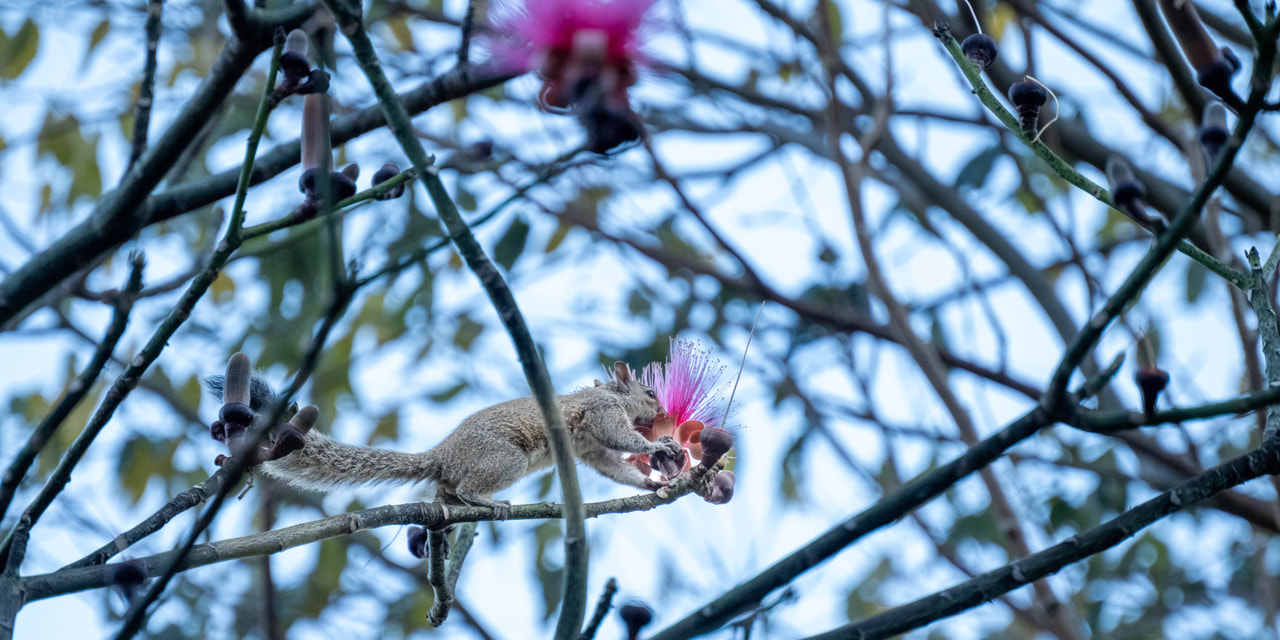
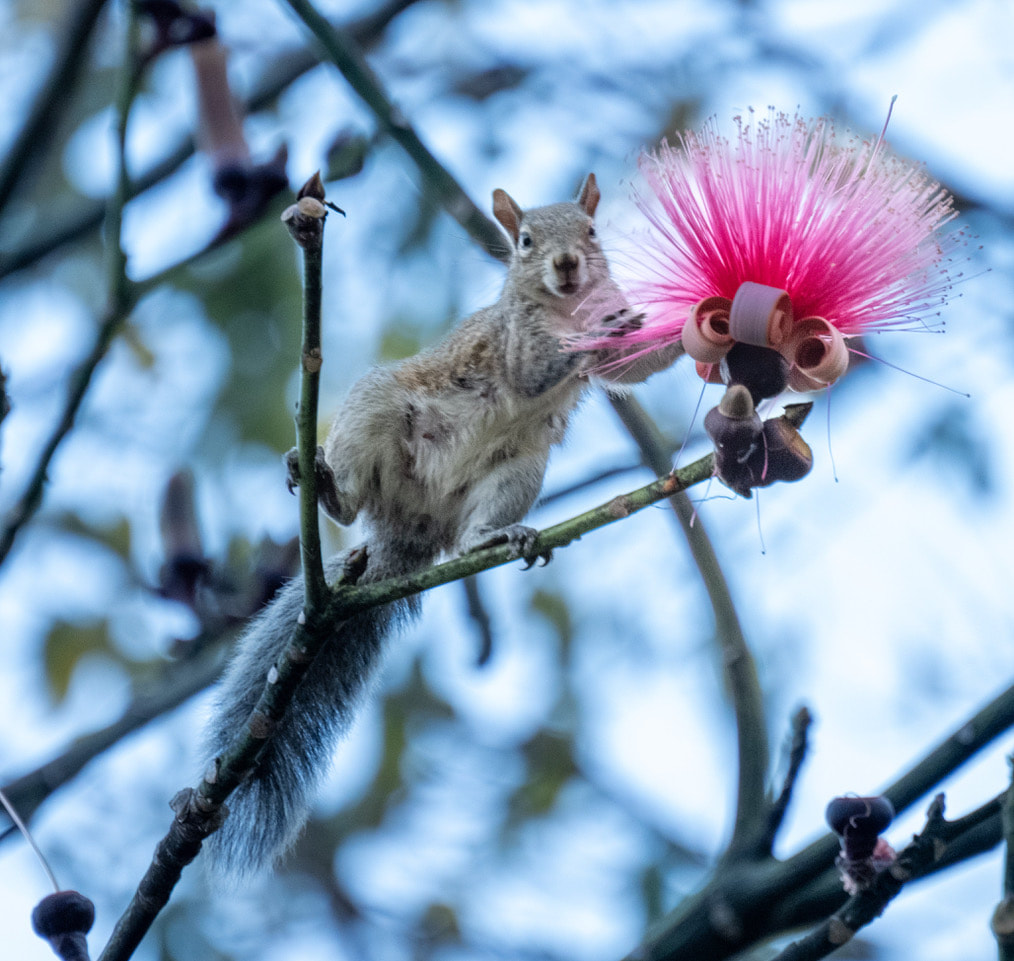
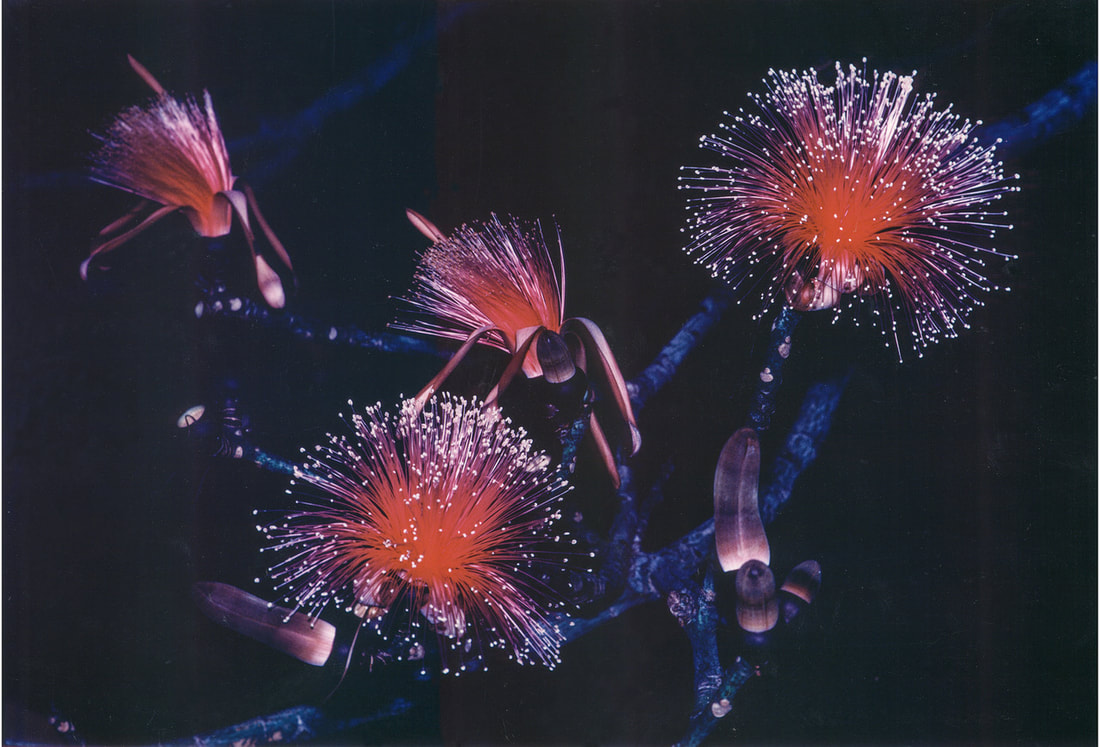
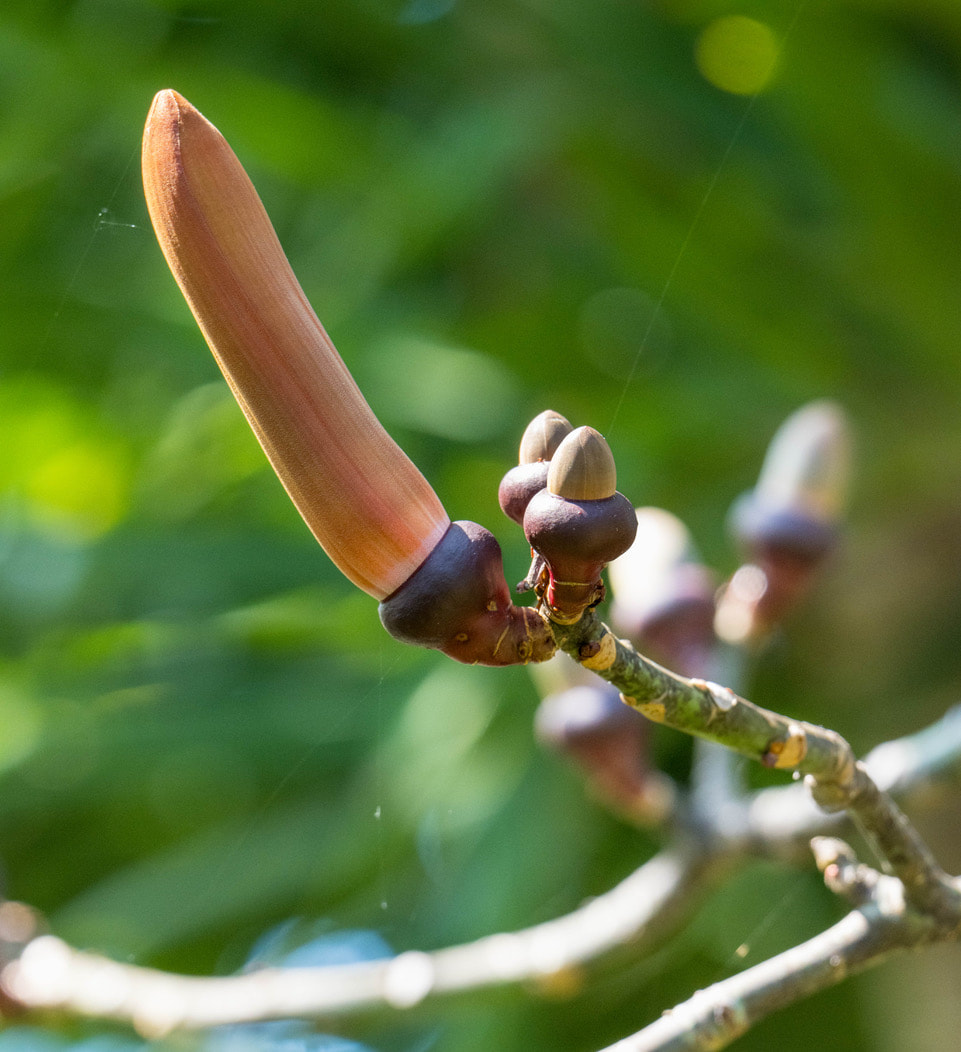
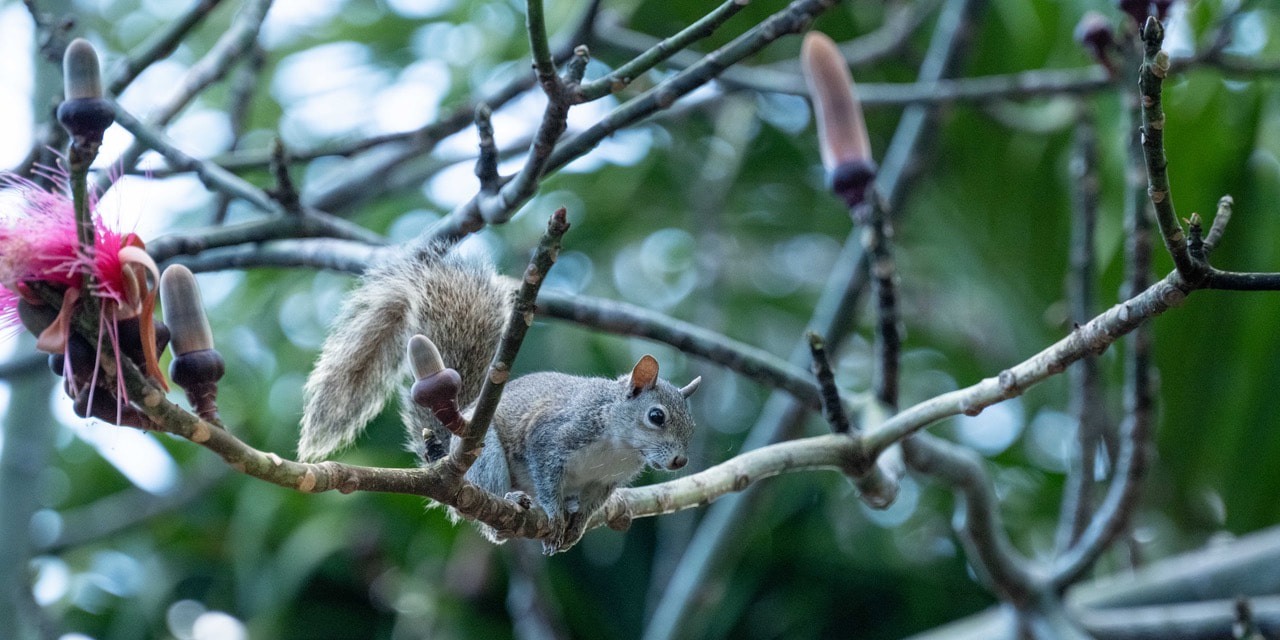
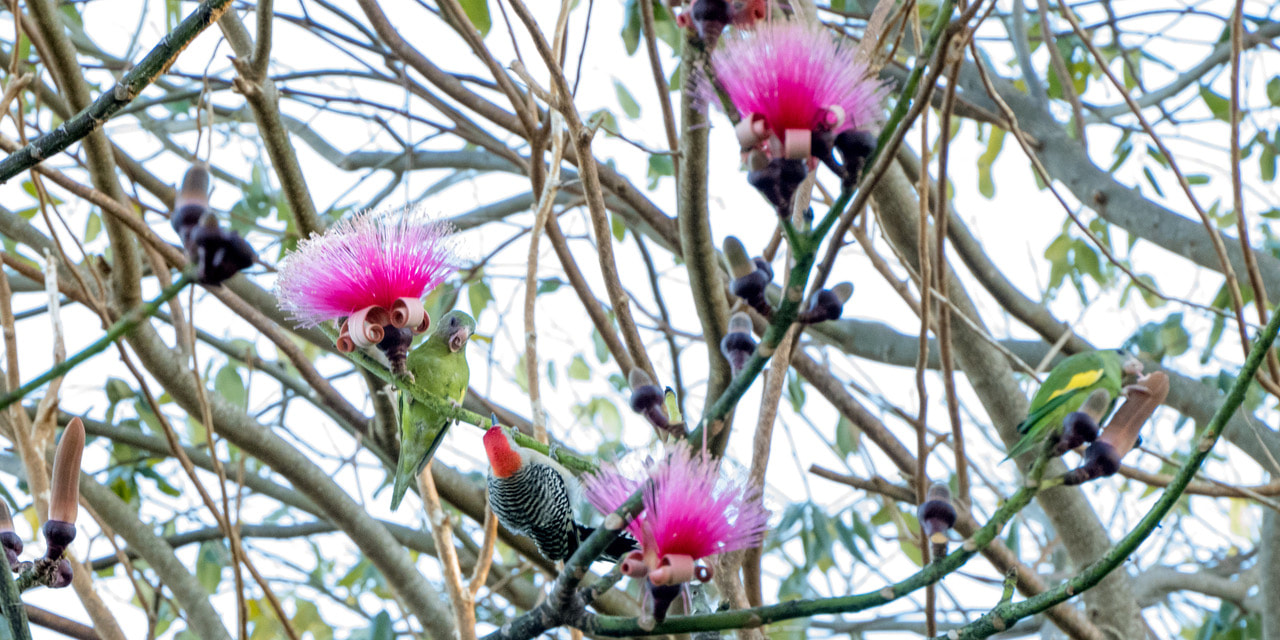
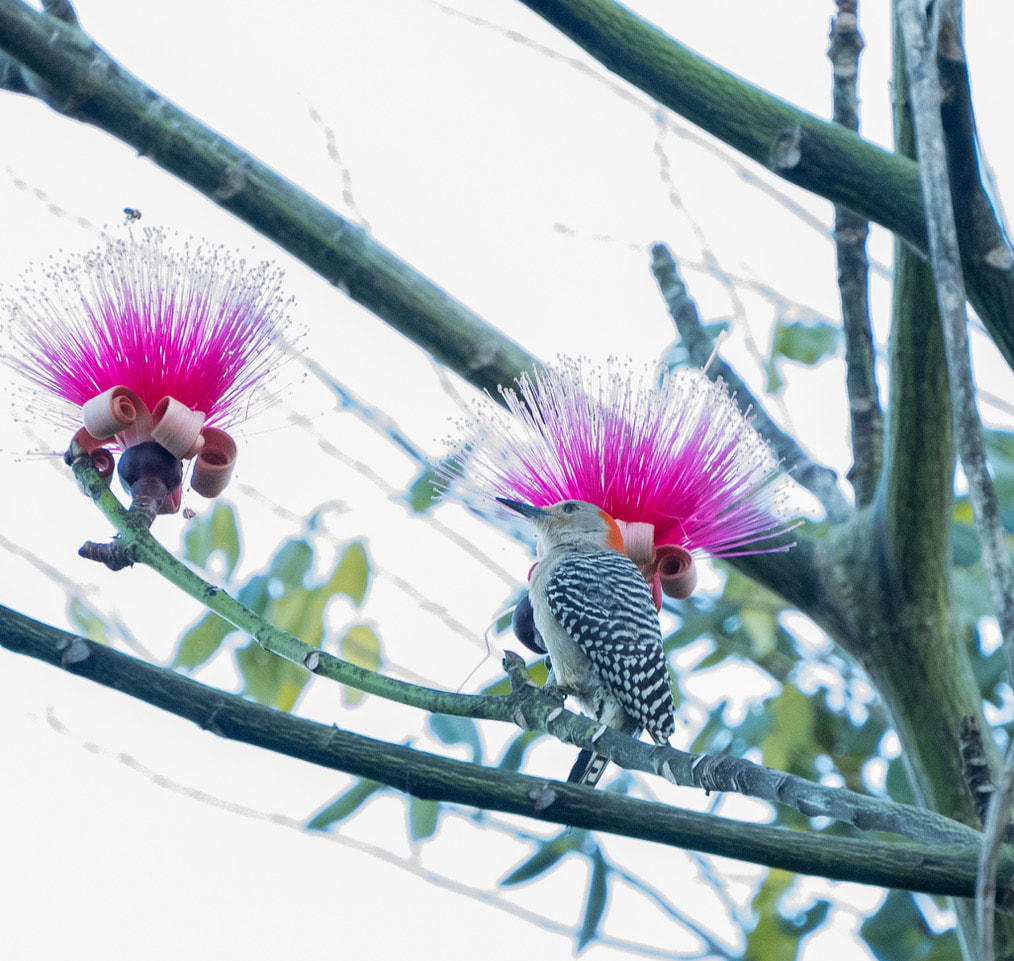
 RSS Feed
RSS Feed
